Having a toolkit of hacks for your period cramps can make that time of the month so much more fulfilling. Remember, while period cramps are definitely common, that doesn’t mean that they are normal. Any sort of pain is a sign from your body to investigate that something is not working properly or something is out of balance
What is Premenstrual Syndrome?
PMS stands for premenstrual syndrome which is defined as life-disrupting physiological and psychological changes in the luteal phase of the cycle, or the second half of your cycle. After the menstrual cycle begins, symptoms typically disappear. PMS can be predicted due to hormone imbalances with estrogen and progesterone, specifically high estrogen and low progesterone. During the start of the luteal phase, occurs after ovulation, progesterone is increasing, but if pregnancy doesn’t happen progesterone will drop by the end of the phase. This drop-in progesterone may be more extreme for some women and this causes estrogen to increase rapidly. Additionally, this hormone imbalance can be caused by other factors such as stress. This extreme shift in hormone levels could be the cause of PMS symptoms. Here are 8 symptoms that can occur in the luteal phase of your cycle that contribute to PMS.
25 Menstrual Cycle Symptoms
Though the time of the month may be uncomfortable, painful, or annoying due to menstrual cycle symptoms, it is important to remember that a monthly cycle is normal and should be celebrated because a healthy period can detour you from developing complications later in life like osteoporosis, PCOS, and many forms of cancer. The menstrual cycle is entirely dependent on your hormone levels specifically, cortisol, testosterone, estrogen, and progesterone. Each month you are preparing to get pregnant, and when your egg doesn’t get fertilized during ovulation, then your body will drop in hormones, release the egg and excrete the uterine lining which would have been used to support the fetus. Though you may have a normal monthly cycle, there are menstrual cycle symptoms which can be comprehended as hormone imbalance. Here we discuss 25 menstrual cycle symptoms to help you understand why they happen, and if these symptoms may mean there is an additional underlying issue.
6 Herbs for PMS
PMS stands for premenstrual syndrome which is defined as life-disrupting physiological and psychological changes in the luteal phase of the cycle. Symptoms include cramps, bloating, headaches, nausea, fatigue, and mood swings. After the menstrual cycle begins, symptoms typically disappear. PMS can be predicted due to hormone imbalances with estrogen and progesterone, specifically high estrogen and low progesterone. During the start of the luteal phase, occurs after ovulation, progesterone is increasing, but if pregnancy doesn’t happen progesterone will drop by the end of the phase. This drop-in progesterone may be more extreme for some women and this causes estrogen to increase rapidly. Additionally, this hormone imbalance can be caused by other factors such as stress. This extreme shift in hormone levels could be the cause for PMS symptoms. There is a solution though because here are 6 herbs for PMS.
12 Hormonal Acne Causes
In each pore of our skin, we have sebaceous glands that produce sebum, an oil-like liquid, which helps to moisturize and protect our skin. When too many dead skin cells collect on the top of the skin in conjunction with high amounts of sebum, this can create a clog in our sebaceous glands and will result in inflammation. Our body will respond to this inflammation by sending white blood cells to the site of the clog which forms the white-headed pimples called acne. So, what are some hormonal acne causes?
8 Best Foods for Hormonal Acne
In each pore of our skin, we have sebaceous glands that produce sebum, an oil-like liquid, which helps to moisturize and protect our skin. When too many dead skin cells collect on the top of the skin in conjunction with high amounts of sebum, this can create a clog in our sebaceous glands and will result in inflammation. Our body will respond to this inflammation by sending white blood cells to the site of the clog which forms the white-headed pimples called acne. So, what are the best foods for hormonal acne?
13 Natural PMS Insomnia Remedies
Natural PMS insomnia remedies can help you finally get a restful night sleep. Insomnia, and especially insomnia during PMS, can be frustrating, especially when you’ve tried so many things to just quiet your mind and calm those racing thoughts. Here are three reasons we may experience PMS insomnia and 13 natural remedies for a restful night sleep before your period.
PMS vs. PMDD: What's the Difference?
4 Reasons for PMS Night Sweats and Ideas for Natural Relief
PMS night sweats can occur for several reasons. Night sweats are more than just waking up a bit warm in the middle of the night. Often you wake up feeling totally drenched, possibly through the sheet or your pajamas. While this can start to happen more often as you get closer to perimenopause, PMS night sweats can happen before or during your period.
Chasteberry for PMS
Chasteberry is an herb that has long been used in traditional medicine, most particularly for women’s health and menstrual issues. Other names include: vitex, chaste tree berry, and vitex agnus-castus. Chasteberry is effective in helping to reduce symptoms of PMS and PMDD, normalizing periods, improving fertility, and correcting luteal phase dysfunction.















